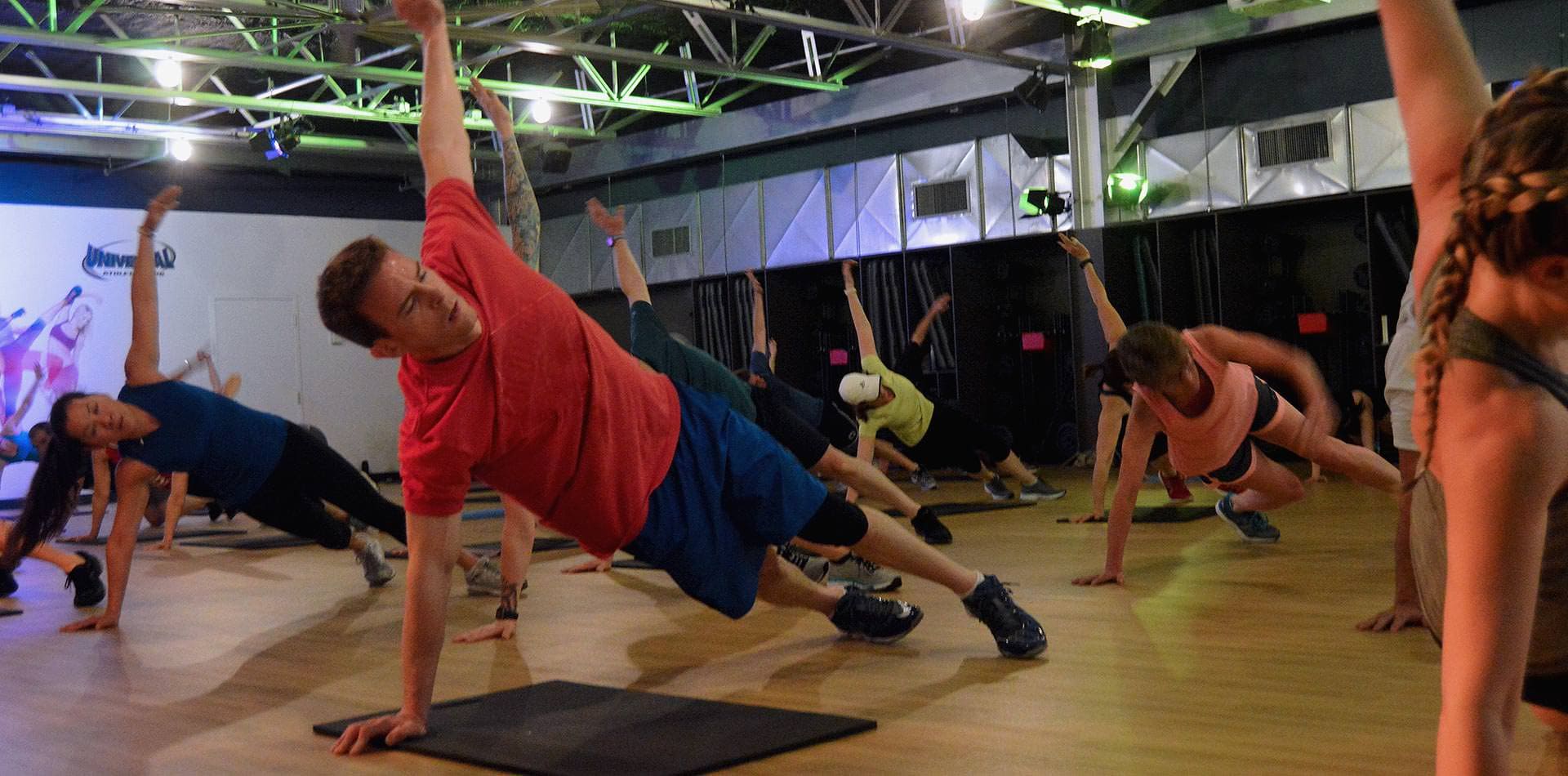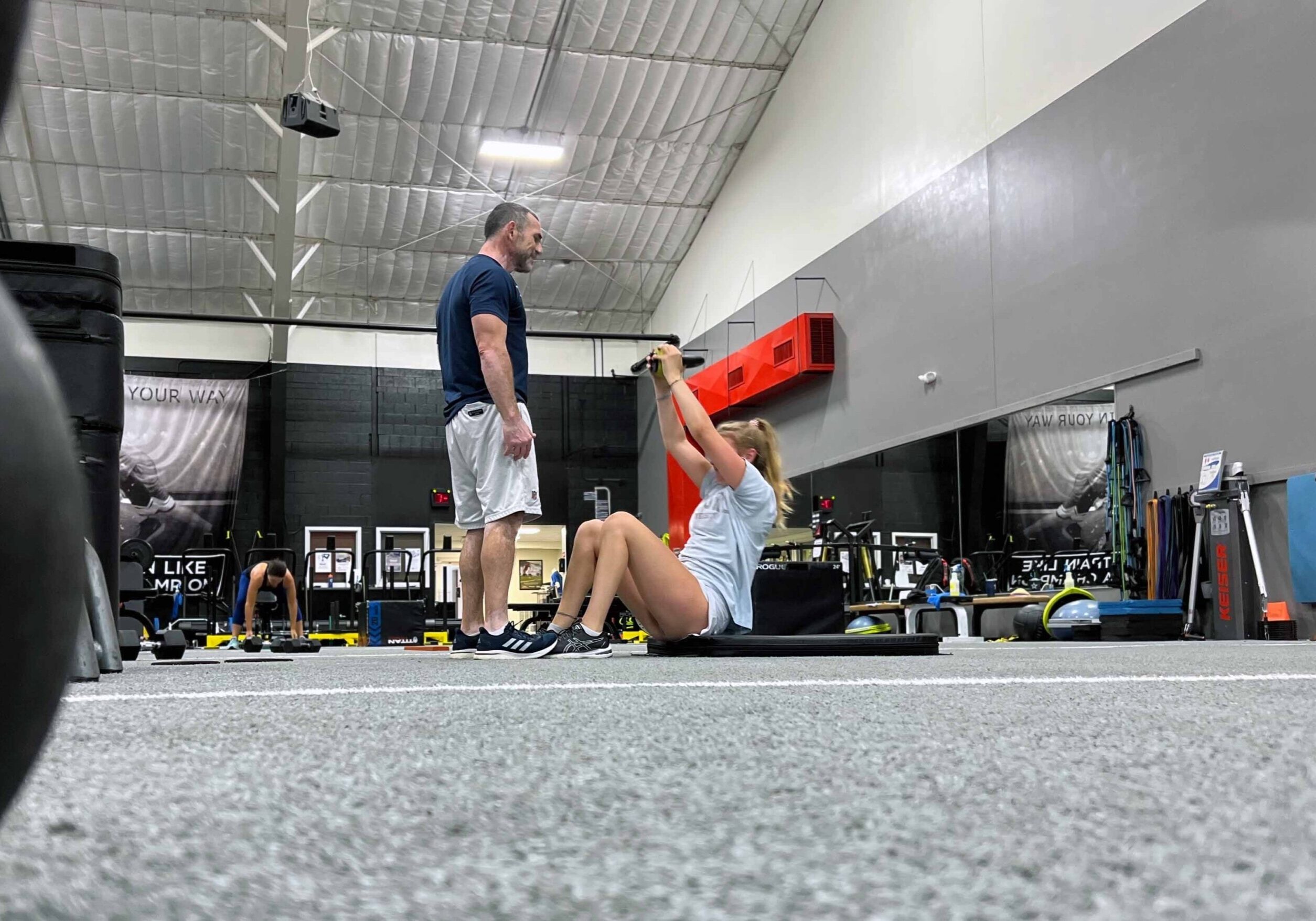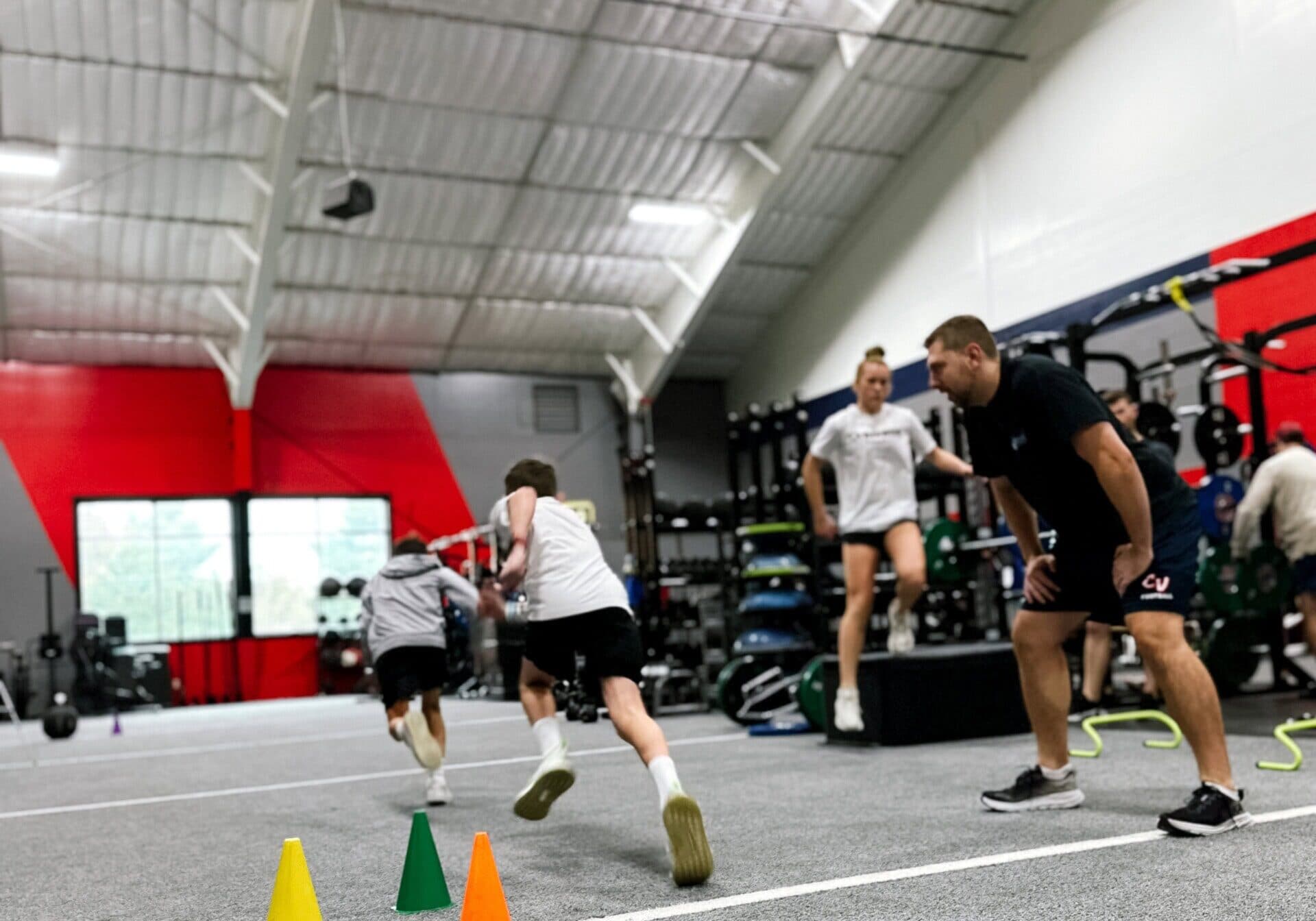
Incorporate HIIT Workouts – Get Fast Results
How to incorporate HIIT workouts for fast, fat-burning results
Have you ever asked yourself, “What is the quickest and most efficient way to burn body fat?” I had to ask myself that same question 7 years ago. I was blessed with the opportunity to present on an international BODYPUMP DVD for Les Mills. Through the combination of a great eating plan, weight training, and 12 (yes 12!) hours a week of cardio, I had gotten in the best shape of my life. During that phase of my life, I happened to have time in my schedule for all of those hours of training, so finding time wasn’t as challenging.
Fast forward 3 years, I was given yet another opportunity to present on a Les Mills GRIT DVD. I had very little time then with 2 children and my wife and I both working full time.
By then the word was out. High Intensity Interval Training, aka HIIT, was the top trend. I followed this type of workout and cut my cardio down from 12 hours per week to 3 hours per week, and added 3 HIIT workouts per week. Not only did I get in better shape, my cardiovascular conditioning was through the roof! All of that in much less time. For me that was a huge win!
As the saying goes, “A person’s most valuable commodity is time”. High Intensity Interval Training can swing momentum in your favor by accelerating your results more quickly. HIIT can be described as repeated bouts of high intensity exercise with strategic recovery phases. Numerous studies show that when compared to regular cardiovascular exercise, HIIT improves the body’s response to exercise, including increased fat burn, improved muscle outputs and increased post-exercise metabolism.
The concept of interval training and why it is beneficial is likely not new to most people interested in exercise. So the focus of this blog article is more about how to include and execute HIIT into your exercise routine, what it should feel like, and what to expect. So let’s dive in!
We’ll start with a general recommendation for an exercise schedule. The >ACSM recommends 2 resistance training workouts per week and 30 minutes of physical activity 5 days a week… or 20 minutes of vigorous physical activity 3 times a week. Any combination of normal to vigorous activity for 3 to 5 days a week is also recommended. Recent research by the ACSM shows that swapping two 30-minute HIIT workouts for one 60-minute cardio workout can significantly improve cardiovascular health, blood lipid profile, and body fat loss. A simple way to look at it is that 20 % of the time you put into physical activity as HIIT creates great results.
Doing a HIIT workout does have a science to it. A well-designed HIIT regimen incorporated into your workout schedule will significantly improve the quality and outcome of your workouts. Here are 4 key points to putting together a HIIT workout schedule:
How often?
- New to exercise? There is no real rush to get started with HIIT. It’s a good idea to integrate HIIT after 3-6 months of regular exercise.
- Those ready to add HIIT into their training schedule should do so 2-3 times/week.
- When integrating HIIT, start by swapping one hour of cardio for two 20-30 minute HIIT workouts.
How intense?
- HIIT is challenging. Your heart rate should spike to above 85% of your predicted max heart rate in the work phase, and recover to about 65% of predicted max in the rest phases.
- If you are not using a heart rate monitor you can go by perceived exertion. On a scale of 6 to 20, where 6 is a light walk and a 20 is sprinting so hard you can barely breath, you should be around a 15-17 in the work phases of a HIIT workout.
- You can even do a talk test. If you tried to say the alphabet you would likely have to gasp for air by the time you get to “E”!
How long?
- A HIIT workout can be as short as 10 minutes and should not last longer than 30 minutes
- The high intensity peaks can be as short as 5 seconds or last as long as 8 minutes.
- It is highly recommended that you use a heart rate monitor. Warm up, then train until your heart rate is at or above 85% for a quantified time. When you recover, stay for whatever length of time it takes to get your heart down to 55-65%. Then resume training again. It’s best to do this with complete rests between sets.
- Researchers have used work/rest ratios that range from 3:1, 2:1, 1:1, and 1:2. All have been proven effective in creating the desired effect.
Mode of exercise
- Exercises that integrate your upper and lower body while increasing heart rate are excellent options for HIIT workouts.
- Great examples include: Aerodyne bikes, Rowers, and Elliptical Cross Trainers
- Simple bodyweight exercises include sprints, mountain climbers, and battle rope drills
- Several workout programs here at UAC include fantastic HIIT training, such as:
- Boxing – Boxing inspired, interval-based workouts done in authentic “rounds” with strategic rest periods
- SPRINT – UAC’s cycle workout dedicated to high intensity interval training
- Les Mills GRIT – 3 class types include GRIT Strength, GRIT Plyo, and GRIT Cardio. This offers 30 minutes of training where you push to your max in peak intervals and strategic recovery.
- UAC Bootcamp Series – Full body high intensity workouts in a team training based environment.
So if you’re looking to shed some body fat and really crank up your endurance, you’ll want to incorporate HIIT into your workout schedule. Some precautions to this type of training include those who are obese, hypertensive, pregnant, or deconditioned. Be sure to check with your doctor before trying this type of exercise. If you’re ready to put your foot on the gas pedal, our UAC trainers and coaches are here to help. Just reach out to us with any questions!




